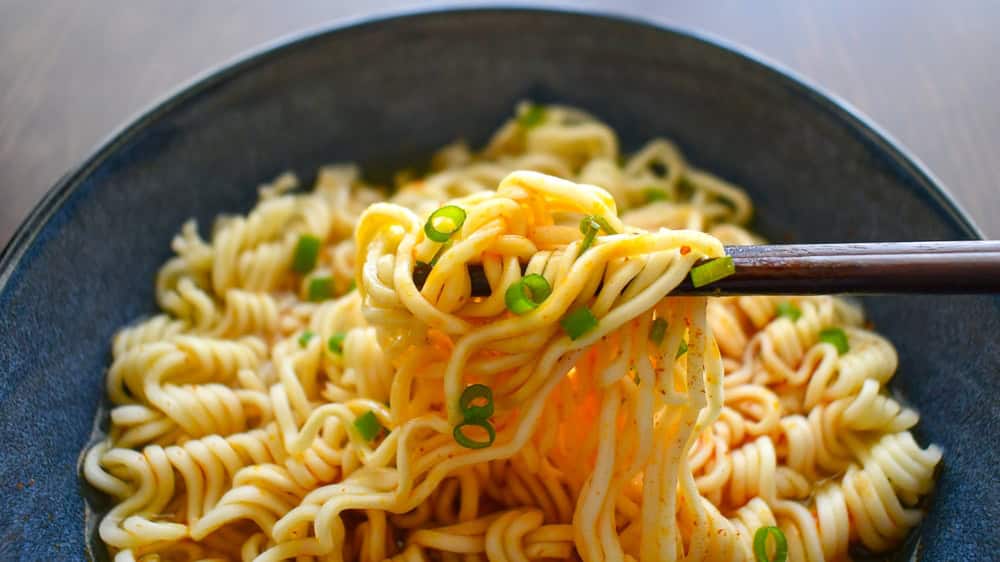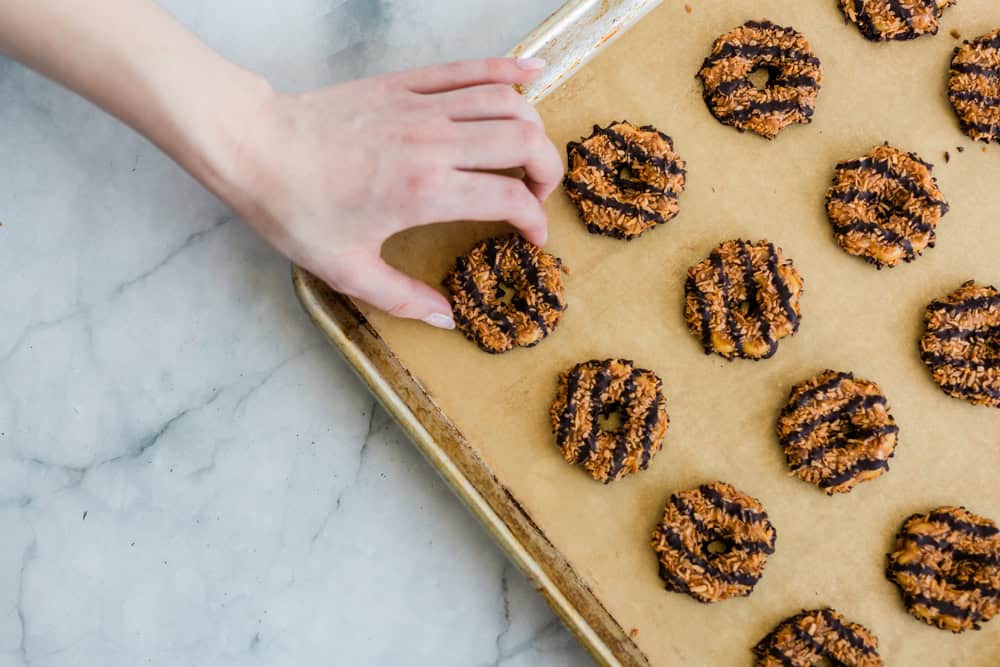The cost of living seems to be steadily creeping up year after year. When it comes to grocery shopping, most of us have a keen eye on the price tag, and we tend to opt for the most affordable items to maintain our budget.
However, have you ever considered how certain cheap groceries could end up costing you more in the long run? Today, we'll take a look at 12 commonly purchased inexpensive items that could potentially put a dent in your wallet down the line.
1. Instant Ramen Noodles

Instant ramen is cheap and quick, but most varieties are high in sodium and low in protein and fiber. Relying on them regularly can crowd out more nourishing foods and may contribute to poor overall diet quality.
They also lack the vitamins and minerals you need to feel full and energized. Instead, try whole grain pasta or rice with frozen vegetables and a simple protein like eggs, canned tuna, beans, or chicken. The upfront cost is higher, but the meal is more satisfying and nutritious.
2. Canned Vegetables

Canned vegetables are convenient, but many options come with added sodium or sugar. You also pay for liquid weight, which can make them less cost-effective than they appear.
Choose no-salt-added cans or stock up on frozen vegetables. Frozen is often picked at peak ripeness and holds up well in soups, stir-fries, and casseroles.
3. Sugary Cereals

Sweetened cereals look affordable, but they are often less filling and easy to overpour. That can mean buying more boxes more often.
Swap in oats, bran flakes, or other whole grain cereals. Add fruit, nuts, or peanut butter for staying power and better value per bowl.
4. Soda

Soda is a recurring expense with no real nutrition. Weekly purchases add up quickly.
Try water, sparkling water, or homemade iced tea. If you like flavor, add lemon, lime, cucumber, or a small splash of juice.
5. Processed Meats

Hot dogs, bacon, and deli meats are inexpensive per package but can be high in sodium and preservatives. You often get fewer grams of protein per dollar than with whole cuts.
Choose plain chicken thighs, ground turkey, or beans and batch-cook. Season with pantry spices and freeze portions for easy meals.
6. White Bread

White bread is often cheaper, but it is less filling than whole grain. That can mean more slices per sandwich and faster turnover.
Pick whole grain or seeded bread and store it in the freezer. Toast slices as needed to reduce waste.
7. Boxed Macaroni and Cheese

The box seems cheap, but portions can be small and the sodium high. You may still need sides to feel satisfied.
Make a simple stovetop version with whole grain pasta, milk, a bit of butter, and shredded cheese. Stir in peas, broccoli, or spinach for more nutrition and volume.
8. Instant Coffee

Instant coffee is convenient, but the cost per cup can be higher than brewing at home, and flavor is often flatter.
Buy ground coffee or whole beans and use a drip maker or French press. It is cheaper per cup and you control strength and taste.
9. Iceberg Lettuce

Iceberg is inexpensive, but not very filling on its own. You may use more add-ons and dressing to make salads satisfying.
Choose romaine, spinach, or mixed greens for more texture and nutrients. You will likely use less and enjoy better flavor.
10. Frozen Dinners

Frozen dinners are cheaper than takeout, but the cost per serving is often higher than home-cooked leftovers. Portions can be small and sodium high.
Meal prep a pot of soup, chili, or a casserole and freeze single servings. You get better value and faster dinners later.
11. Packaged Cookies

Value packs go fast and lead to repeat purchases. You also have less control over ingredients.
Bake a simple batch at home and freeze half. You will spend less per serving and can adjust sweetness and portion size.
12. Bottled Water

Cases of bottled water add a steady weekly cost and create clutter.
Buy a reusable bottle and use a faucet-mounted filter or pitcher. It is cheaper over time and kinder to your storage space and the environment.


Comments
No Comments